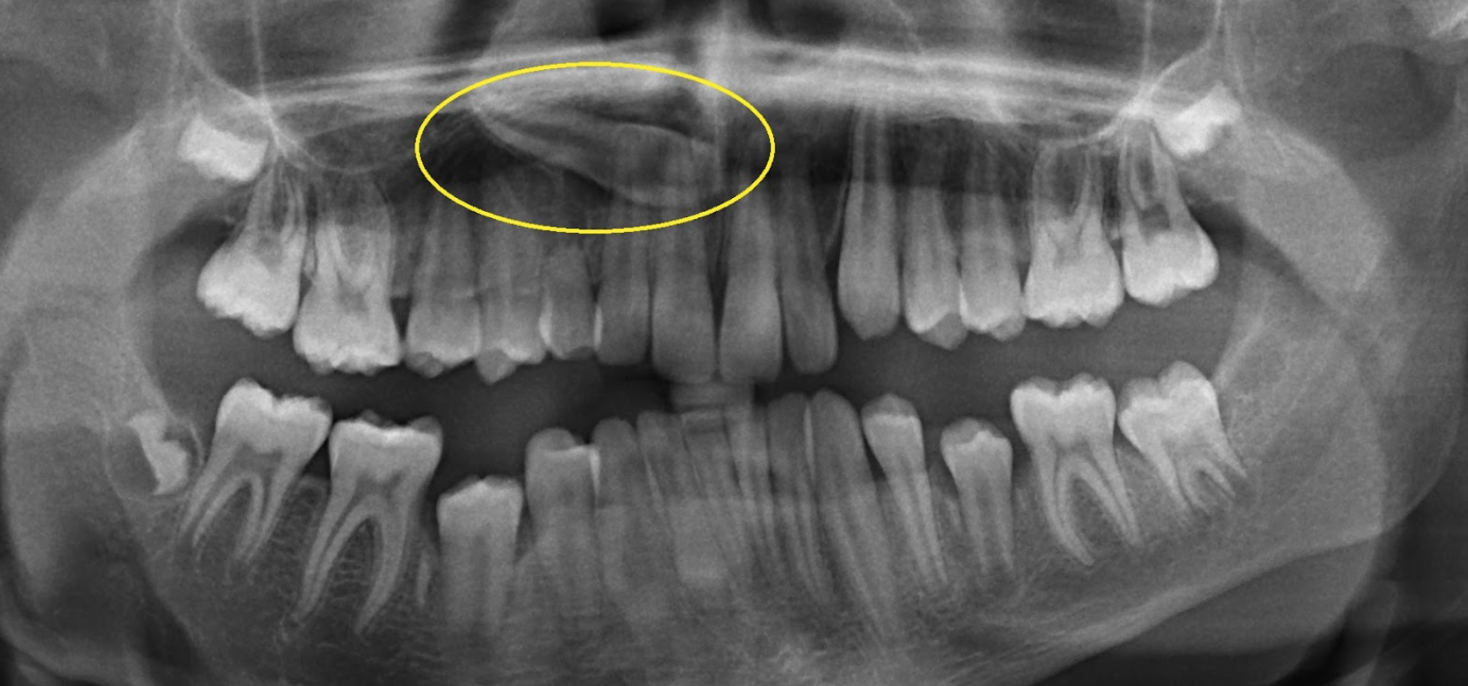When Should My Child First See an Orthodontist?
When you think of orthodontics, you may think of young teens with braces or retainers, but did you know that the American Association of Orthodontists recommends a consultation by age 7? Yes, your child will still have mostly baby teeth - but it’s important to see how the jaws and adult teeth are developing! Here are some of the reasons why your child should see an orthodontist sooner rather than later.
Why age 7?
By the age of 7, your child has likely lost some of their baby teeth and grown some permanent teeth. At this point, an orthodontist is able to see the way these teeth are growing in and detect any irregularities (such as extra or missing teeth) that may lead to issues later in life. By examining the bite, jaw growth, and the spacing of the teeth, orthodontists can identify problems and determine if treatment is needed to prevent problems from worsening.
Early intervention orthodontics can also correct the size of the jaws, which can enable a child to breathe properly (and truly change a life!). Depending on your child's needs, Dr. Weaver may refer your child to other airway specialists, such as an ENT to evaluate the tonsils and adenoids, a myofunctional therapist to improve tongue posture, or a periodontist to release a tongue tie.
Orthodontists are trained to detect subtle problems with the bite or the way the jaws are growing. According to the American Association of Orthodontics, early treatment may give your orthodontist the chance to:
guide jaw growth
lower the risk of trauma to protruded front teeth
correct harmful oral habits
improve appearance
guide permanent teeth into a more favorable position
improve the way lips meet
In many cases, your child’s teeth may be perfectly fine! Seeing an orthodontist, however, can provide peace of mind that your child is not likely to encounter serious issues with their bite later in life. Many issues can be prevented by intervening at a young age when the jaws are growing and the teeth have not erupted yet.
This x-ray of a 13-year-old shows an adult canine tooth (circled) that did not erupt properly (we call this an “impacted tooth”). The patient will now require gum surgery to expose the tooth and three years of orthodontic treatment to move the tooth to its correct position. If this problem had been detected when the child was 7 or 8, orthodontic treatment would have helped this tooth erupt properly, avoiding the need for surgery and extensive orthodontic treatment.
Contact us today to schedule your child’s first visit to the orthodontist. Our experienced team will make them feel comfortable and safe- while potentially saving you both from future stress!






